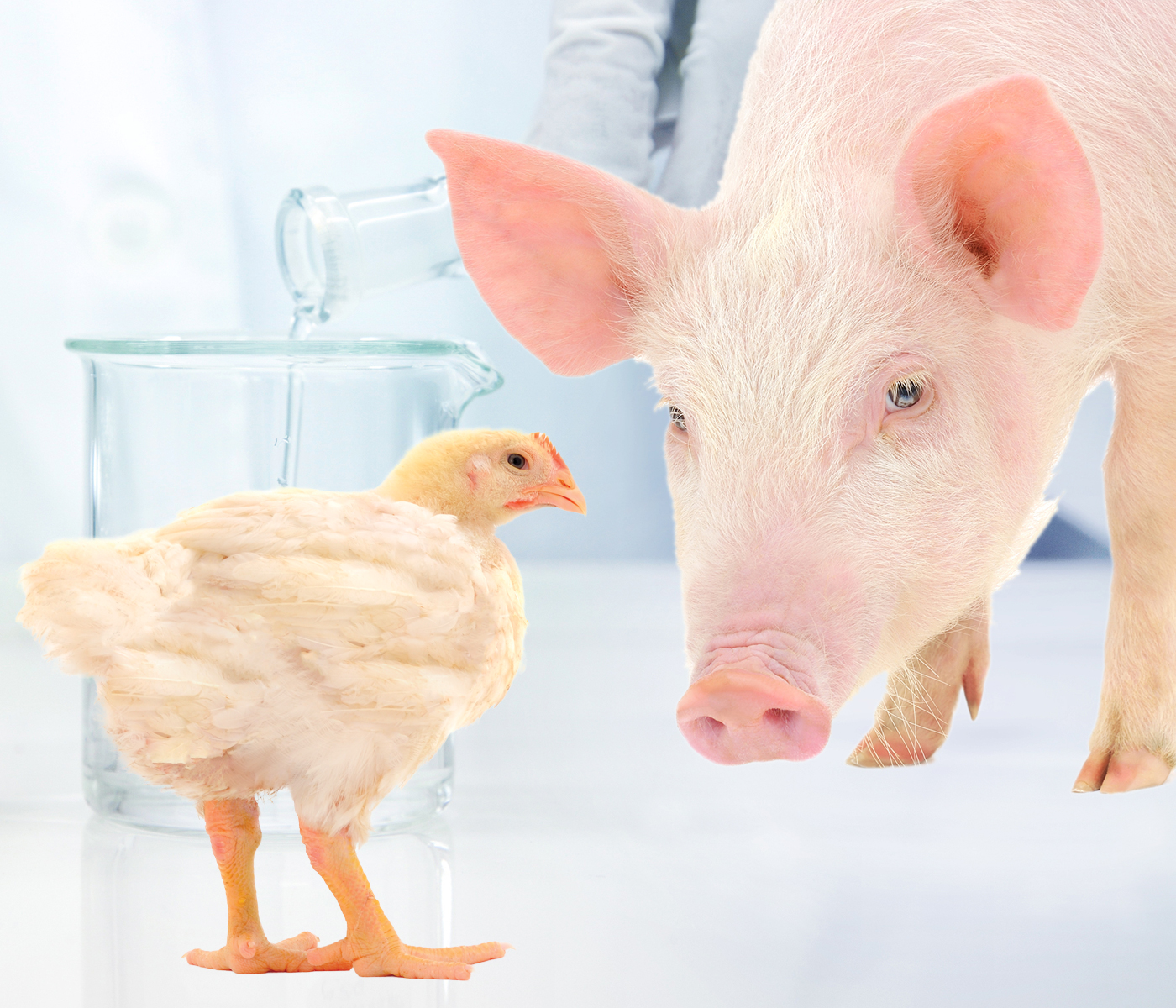 03 Jul 2025
03 Jul 2025
Do you still use choline chloride in your feed production?
Discover a solution capable of transforming your results!
The natural revolution to increase animal profitability and performance.
Natu-B4® is not only a total replacement for choline chloride, it is an alternative that exceeds expectations in terms of performance, energy efficiency and sustainability. With over 20 years of application and an extensive list of scientific publications, Natu-B4® is the choice of producers looking to maximize results without compromising animal health or the environment.
![]() With over 20 years of application and an extensive list of scientific publications, Natu-B4® is the choice of producers looking to maximize results without compromising animal health or the environment.
With over 20 years of application and an extensive list of scientific publications, Natu-B4® is the choice of producers looking to maximize results without compromising animal health or the environment.
¿Why replace choline chloride witn Natu-B4?
1) Industrial benefits
Forget the problems and consequences of hygroscopicity: it is the end of premix caking, reduce excess carriers by reducing premix volume, stocks and transports and thus increasing your competitiveness, reduce crusting in mixers and eliminate vitamin overdosing.
| With Natu-B4® you can now include your choline source in the premix without fear and eliminate a problematic ingredient from your finished feed . |
2) Performance and health benefits
Natu-B4™ complements the choline present in cereals in an intelligent way, having its greatest potency precisely in the function where cereal choline or choline chloride are less effective: energy metabolism, which makes it the ingredient of choice when we think of a complementary and complete supplementation.
By increasing lipid utilization, Natu-B4™ can be applied in a specific protocol to reduce fat deposition in the liver and abdominal cavity of poultry and in the subcutaneous tissue of pigs, avoiding chronic problems resulting from excessive deposition, and potentially improving profitability at the slaughterhouse.
By excluding choline chloride, we reduce the intake of chlorine in diets, which reduces the likelihood of metabolic problems resulting from its excess.
Effect on performance when substituting choline chloride
Historical differences in weight gain and feed conversion rate between broilers supplemented with Natu-B4® and choline chloride:
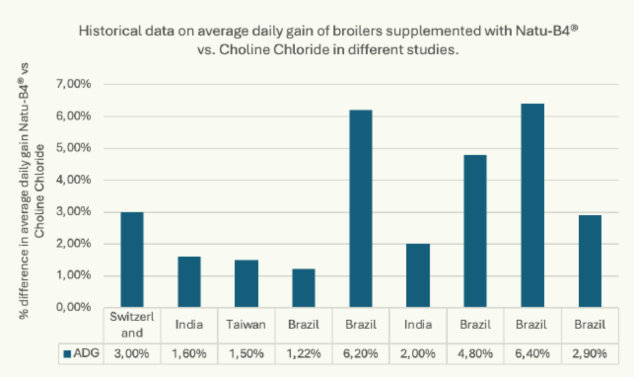
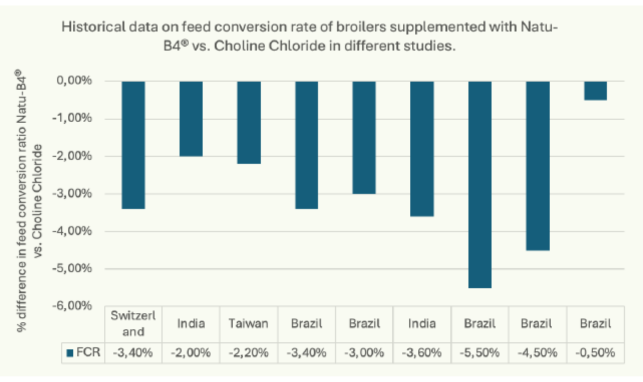
Benefit in carcass composition
If applied in a specific protocol, Natu-B4® can significantly modulate the carcass composition of poultry and pigs. 🡺 Thus, less fat is deposited and more energy is available for muscle development.
Effect on energy distribution
![]() Poultry: less fat deposition in the liver and abdomen, lower incidence of fatty liver and more energy available for muscle development.
Poultry: less fat deposition in the liver and abdomen, lower incidence of fatty liver and more energy available for muscle development.
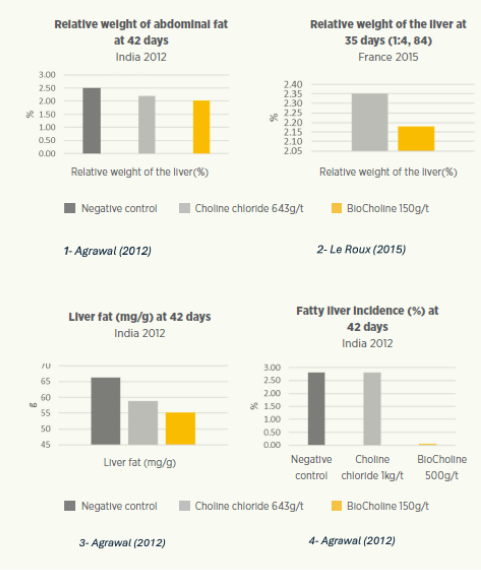
![]() Pigs: Lower subcutaneous fat deposition which means leaner carcasses, greater energy availability for muscle development and higher percentage of meat in carcasses with higher yield of cuts.
Pigs: Lower subcutaneous fat deposition which means leaner carcasses, greater energy availability for muscle development and higher percentage of meat in carcasses with higher yield of cuts.
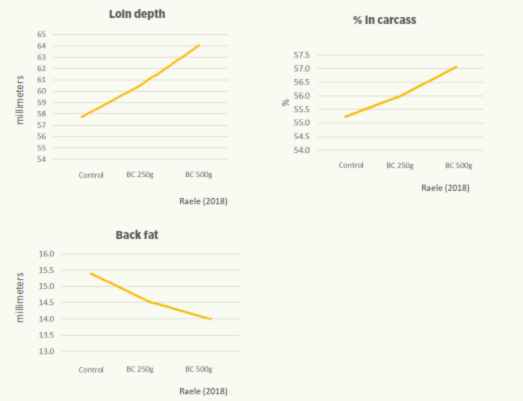
Cost-effective formula
With Natu-B4®, fat deposition in the carcass is reduced and converted into energy for muscle growth and development. The amount of metabolizable energy available is known and this value can save energy in the formulation of poultry diets, thereby reducing their cost.
![]()
Since Natu-B4® acts in certain metabolic pathways, i.e. after nutrient absorption, it does not compete for substrates with enzymes and emulsifiers, and may even have a complementary or synergistic effect with these additives.
| If you use bicarbonate to balance sodium with a lower chlorine content, by using Natu-B4® you can reduce its inclusion, increasing common salt and thus reducing costs. |
Environment
![]() For every ton of Natu-B4® applied, we stop using almost 5 tons of petroleum derivatives from a chemical industry. Instead, we use a 100% natural product derived from carbon-fixing plants.
For every ton of Natu-B4® applied, we stop using almost 5 tons of petroleum derivatives from a chemical industry. Instead, we use a 100% natural product derived from carbon-fixing plants.
Are you ready to take your production to the next level?
Discover how Natu-B4® can transform your bottom line and make your animal nutrition more efficient and sustainable.
Request a sample or talk to our technical team: [email protected]
Subscribe now to the technical magazine of animal nutrition
AUTHORS
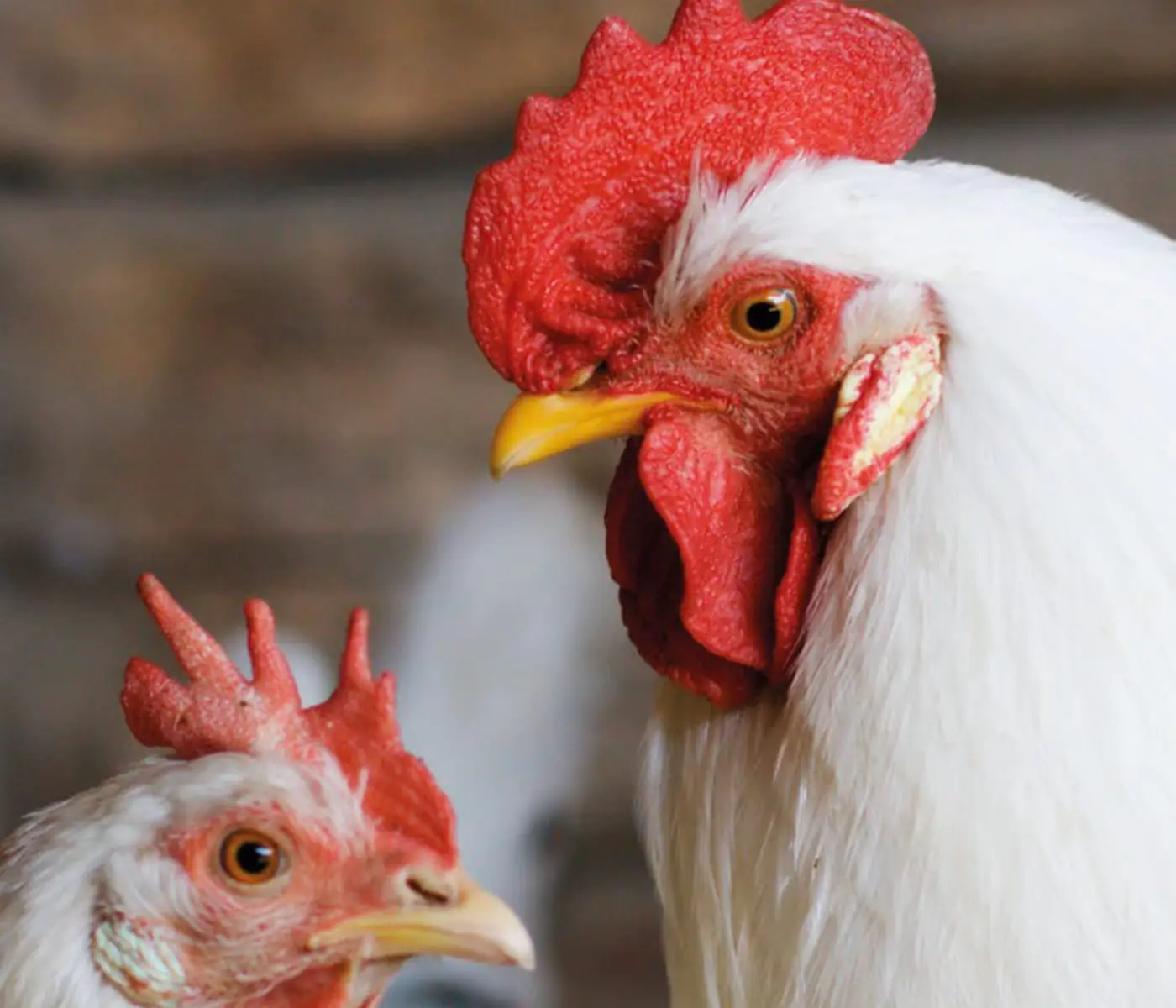
Nutritional Interventions to Improve Fertility in Male Broiler Breeders
Edgar Oviedo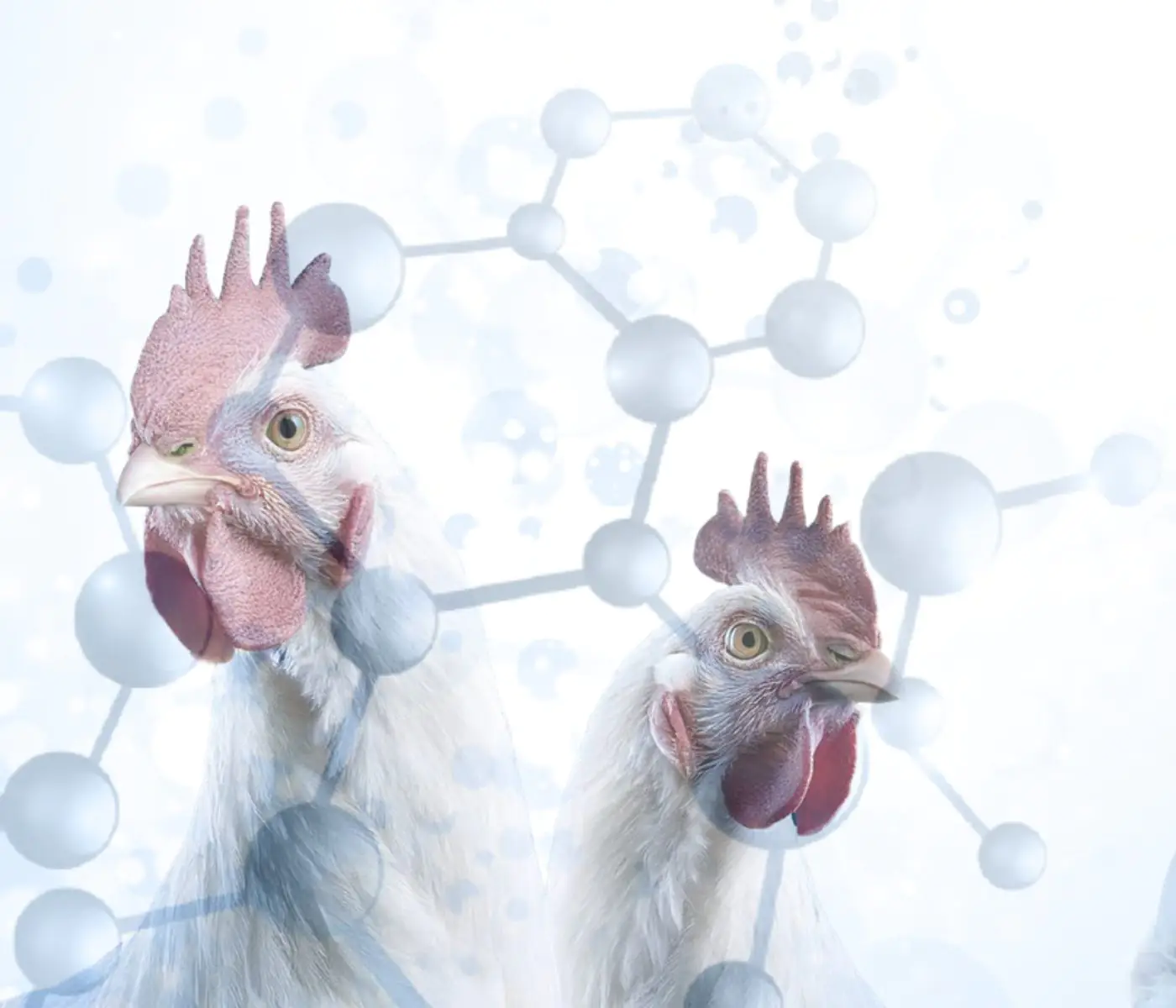
The Use of Organic Acids in Poultry: A Natural Path to Health and Productivity
M. Naeem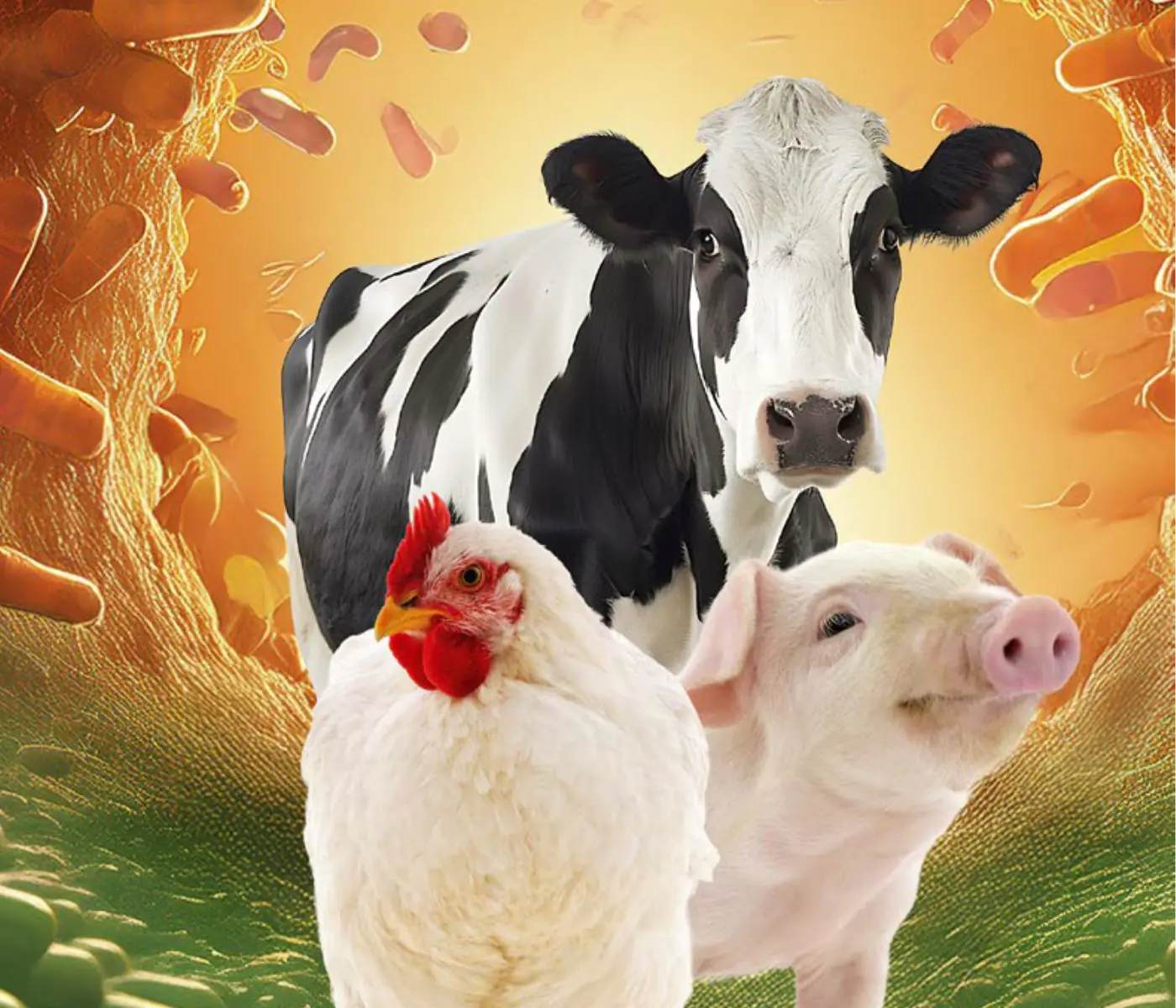
Synergistic Benefits of Prebiotics and Probiotics in Poultry, Swine, and Cattle
Gustavo Adolfo Quintana-Ospina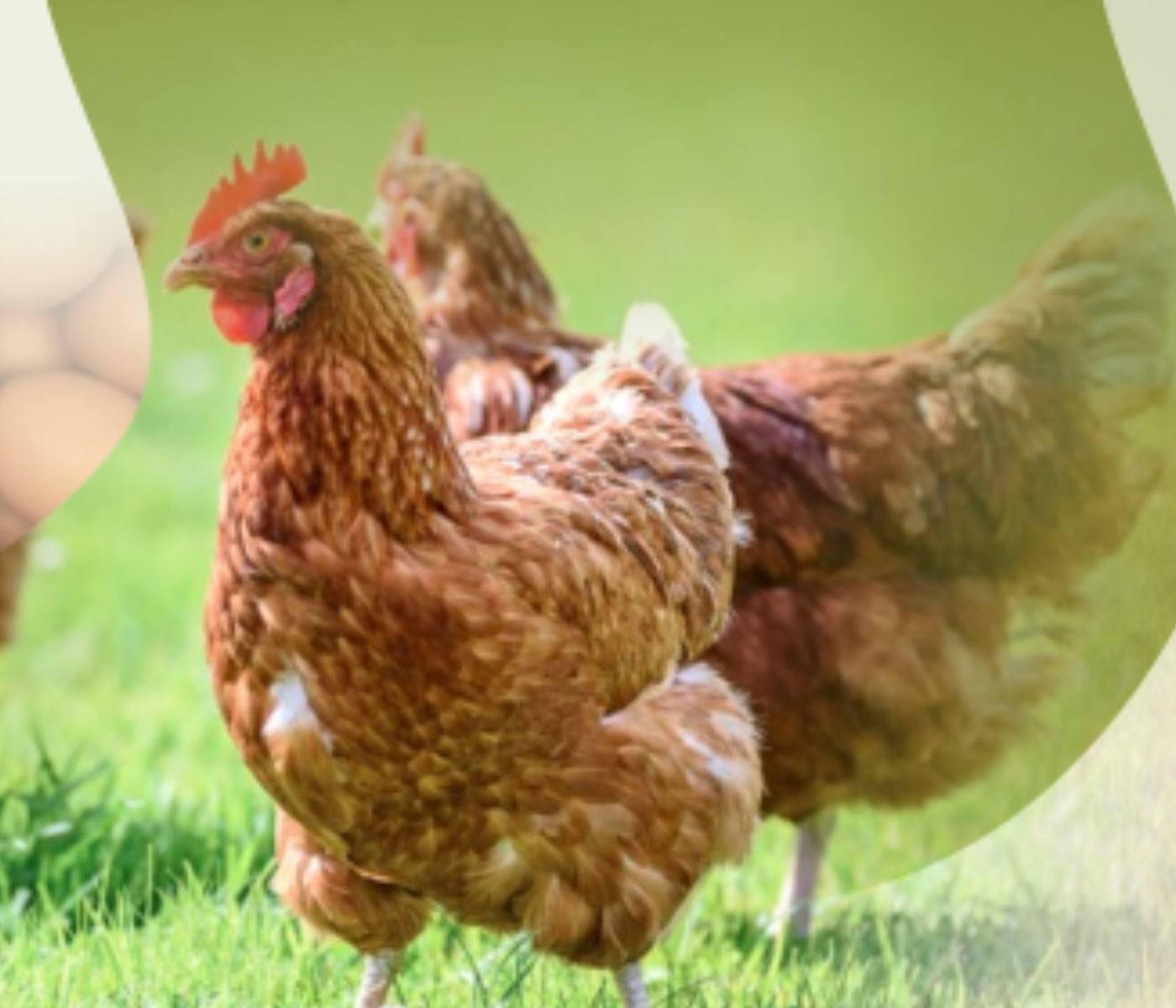
Hybrid Rye Potential in Laying Hen Feed Rations
Gwendolyn Jones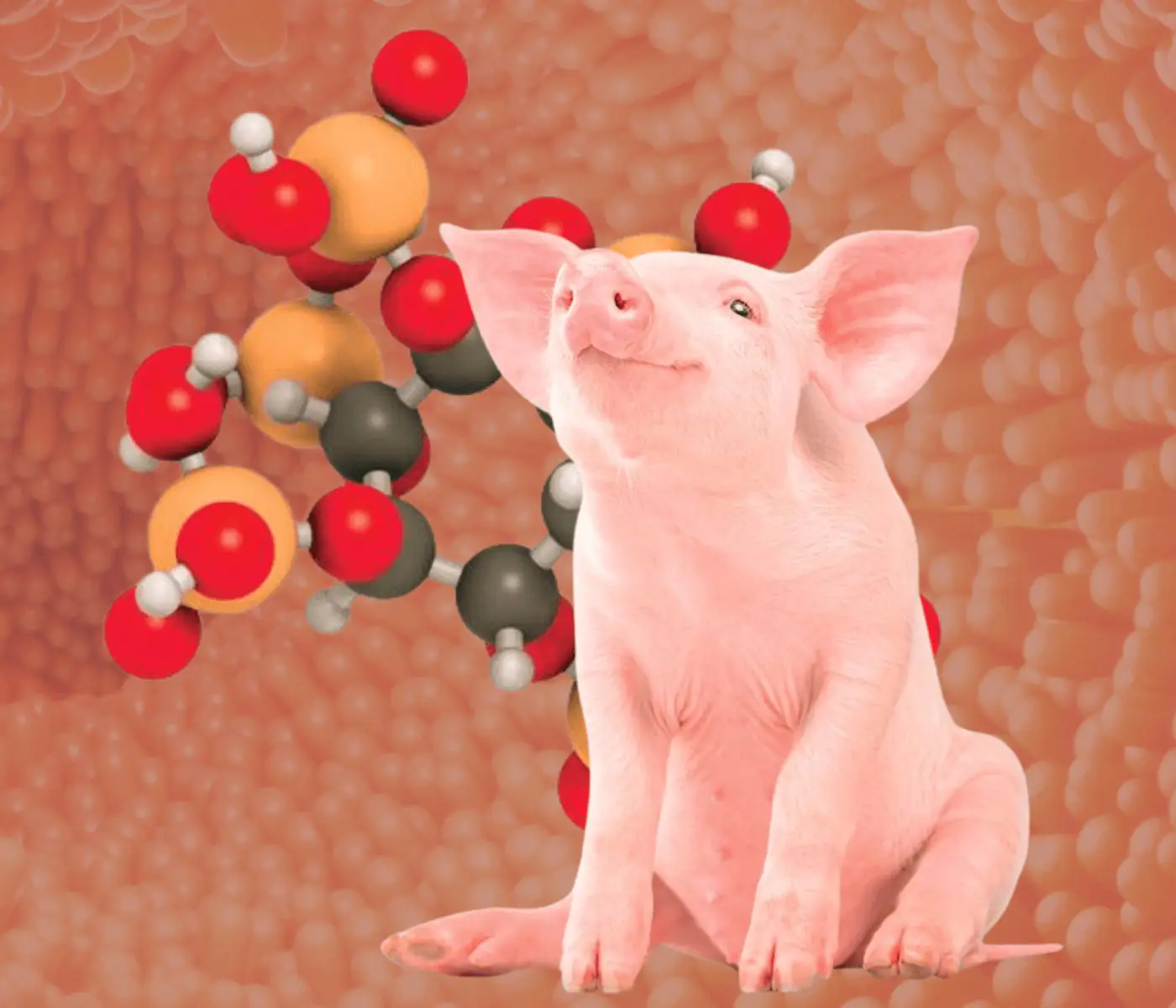
A day in the life of phosphorus in pigs: Part I
Rafael Duran Giménez-Rico
Use of enzymes in diets for ruminants
Braulio de la Calle Campos
Minerals and Hoof Health in the Pregnant Sow
Juan Gabriel Espino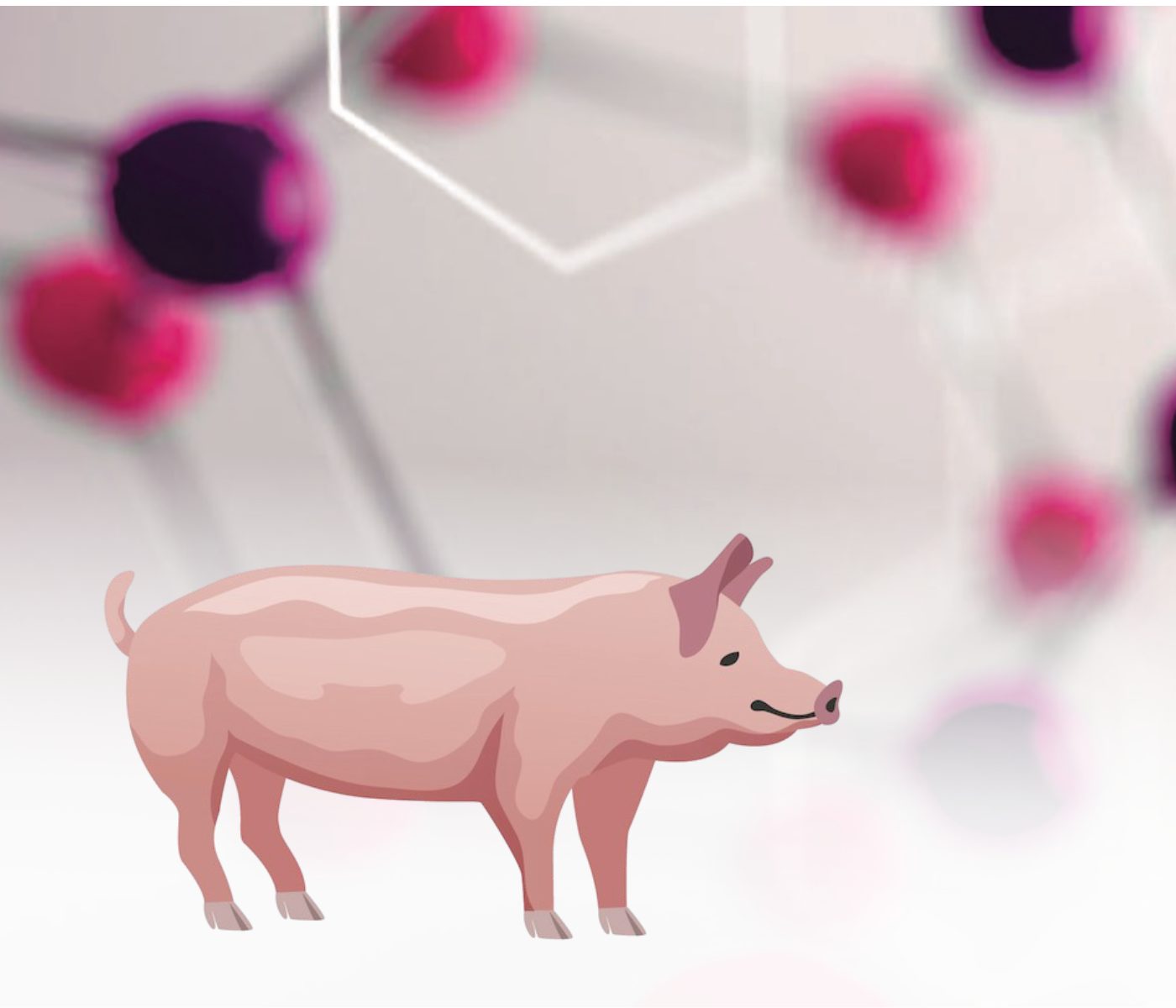
Impact of Oxidized Fats on Swine Reproduction and Offspring
Maria Alejandra Perez Alvarado